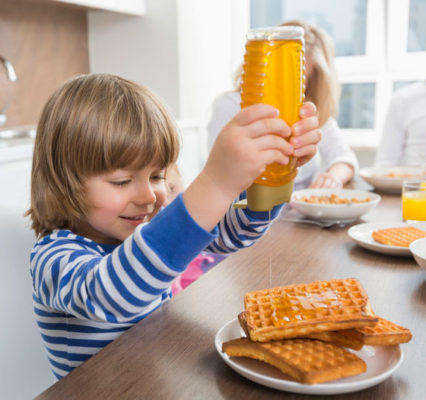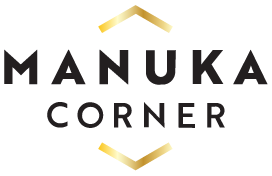Honey fraud is a sticky problem
So can you trust that what you’re putting on your toast in the mornings, or popping in your tea is real honey, or could it be some adulterated version of the real thing?
According to Price Waterhouse Cooper’s estimates, food fraud, which includes honey fraud, is a $US40 billion a year global industry. In China, beehive numbers have increased by 6.7 per cent over the six years to 2016, but exports have soared by 200 per cent. Those numbers don’t add up.
Honey adulteration is spreading
In the last month, Australia’s biggest listed honey company, Capilano, and some of the country’s largest supermarket chains were accused of selling dodgy honey. A horticulturalist, Robert Costa, commissioned two forms of tests to be carried out on honey samples from Coles, Woolworths, ALDI and IGA stores around Australia.
Testing was done at an international lab that specialises in honey fraud detection. Scientists found almost half the samples were “adulterated”, meaning they had been mixed with other substances. The adulterated samples were all products that blend local and imported honey.
While all samples passed the C4 test, which is the official one used in Australia, the NMR test found 12 of the 28 samples were not 100% pure honey. Most affected were Capilano’s Allowrie budget branded bottles.
Honey testing?
Fraudsters are mixing honey with other syrups like rice and beet and other unidentified substances, which aren’t detected by official honey tests, and selling it on for a higher price. The added syrup has been converted to look like honey and taste like honey. Everything about it seems to be honey, but in fact it’s just sugar syrup or something else … Consumers don’t realise what they are buying and eating isn’t honey.
 Accurate labelling and food testing are supposed to protect consumers from adulterated products, but do they?
Accurate labelling and food testing are supposed to protect consumers from adulterated products, but do they?
The C4 sugar test, as the name suggests, test for sugars. The problem is when sugar syrup is used from a C3 plant, such as beet or rice, or a mixture of C3 and C4 plants, like corn, the C4 test doesn’t work. The added sugar syrups are undetected when the honey is tested.
NMR screening provides a ‘fingerprint’ of what is in a honey sample. This fingerprint is matched back to a database to identify the components within that sample. NMR screening can pinpoint country of origin and botanical origin, and the recent results found the adulteration in the Australian honey had come from the Chinese “addition” to the honey.
International fraudsters, often criminal gangs in China, produce the fake honey and sell it to unsuspecting suppliers at a higher price, making a fortune along the way.
The best way to ensure you are eating unadulterated, real honey and support the local beekeepers is to buy 100% New Zealand raw honey. We ship worldwide. Check out our raw NZ manuka honey. It’s lovely, real honey!
